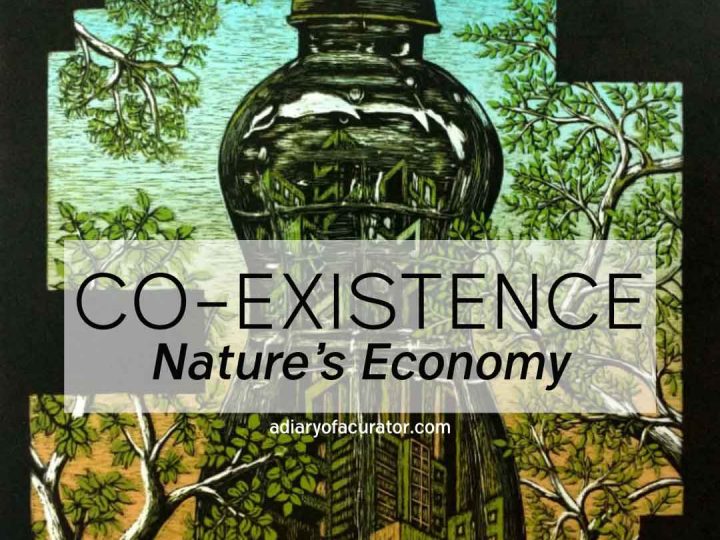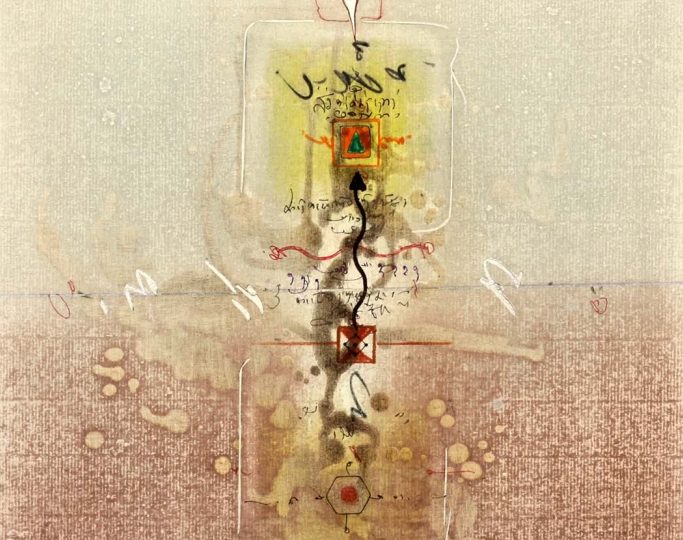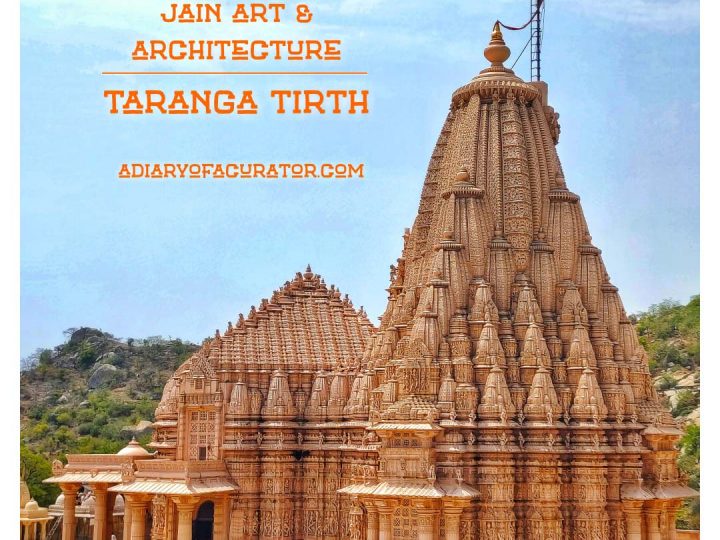The Significance of the Artist and Subject | Vision and Transformation
The artist is not merely a creator but a force that transforms the intangible into something visible, palpable, and thought-provoking. In visual storytelling, the artist wields a unique power — the power to resurrect forgotten moments and immortalize them for generations. Purushottam Dhumal (b.1950), an iconic name in printmaking, is one such visionary. His work transcends traditional boundaries, blending the past with the present, and the personal with the universal.
Dhumal’s masterpiece, The Last Emperor, focuses on the enigmatic life of Puyi, the last emperor of China. Through masterful technique and emotional depth, he narrates a story of resilience and redemption.
Storytelling Through Technique | Creative Crossroads
Dhumal’s The Last Emperor does not simply depict a moment from history; it engages the viewer in a tale unfolding with cinematic flair. The technique employed by Dhumal — the use of black-and-white framing akin to an old film — evokes an atmosphere of nostalgia and cinematic drama. The black strips at the top and bottom of the work immediately draw attention to the image in the center, guiding the viewer’s eye toward Puyi, whose life offers a composition of contradictions: the grand emperor fallen to the status of a common man, yet never defeated in spirit.
The storytelling in The Last Emperor is enhanced by its impeccable technique. Dhumal’s use of printmaking, particularly his precision in etching and photogravure, allows him to create layers of meaning in the most subtle ways. The sharp contrasts between light and dark reflect not only the stark political contrasts in Puyi’s life but also the internal battle between pride and humility, power and restraint. The texture of the image, combined with the raw simplicity of the composition, mirrors the turbulent, yet inspiring, transformation that Puyi underwent in his later years.
Where most would see an emperor’s fall as a tale of tragedy, Dhumal’s minimalistic framing and monochromatic palette bring out the poignant beauty in Puyi’s redemption. The careful, deliberate detailing in The Last Emperor acts as a metaphor for the slow, patient work of personal evolution and growth, much like Puyi’s life itself, which, despite its hardship, shows a man rising, evolving, and finding meaning in humility and service.
The Aesthetic and Intellectual Value |The Power of The Last Emperor
The importance of The Last Emperor lies not merely in its aesthetic appeal; it is in its ability to transport the viewer beyond the physical space and into a deeper understanding of both history and human nature. In this work, Dhumal does not simply recount the events of Puyi’s life; he invites the viewer to empathize with his journey. The simplicity of the artwork is its strength — it does not overwhelm with details but rather leaves space for reflection. In this quiet space, the viewer can witness the transformation of an emperor into a common man, a ruler into a gardener, and an autocrat into a humble servant of the people.
Through this piece, Dhumal offers us not only a glimpse of Chinese history but also a meditation on the nature of power, identity, and transformation.
About the Artist | Shaper of Realities
Purushottam Dhumal’s legacy as an artist is etched not just in his masterpieces but also in his deep influence on the Indian art scene. Born in Gwalior, Madhya Pradesh, Dhumal’s journey began with a BFA in Painting and an MFA in Printmaking from the Faculty of Fine Arts, MS University, Baroda. His contributions to contemporary Indian art, especially in the field of printmaking, have been nothing short of groundbreaking.
Dhumal’s ability to blend traditional methods with contemporary sensibilities has set him apart as a forward-thinking artist: deeply rooted in Indian tradition, yet open to global influences. This fusion of the old and new is evident not only in his individual artworks but also in his pivotal role as an educator. As the former head of the Department of Graphic Arts at MSU Baroda and the former Dean of the Faculty of Fine Arts, Dhumal shaped generations of artists, imparting his vision and technical expertise to many who have gone on to make their own marks in the world of art.
He has participated in numerous international workshops and exhibitions, further bridging the gap between Eastern and Western art forms. Through his work, Dhumal doesn’t just tell stories; he reshapes them, offering new perspectives on history, culture, and humanity. The world of contemporary Indian art is richer for having him as a guiding light, and his legacy will continue to inspire artists and audiences for generations to come.
Photos and Text © Chaitya Dhanvi Shah






